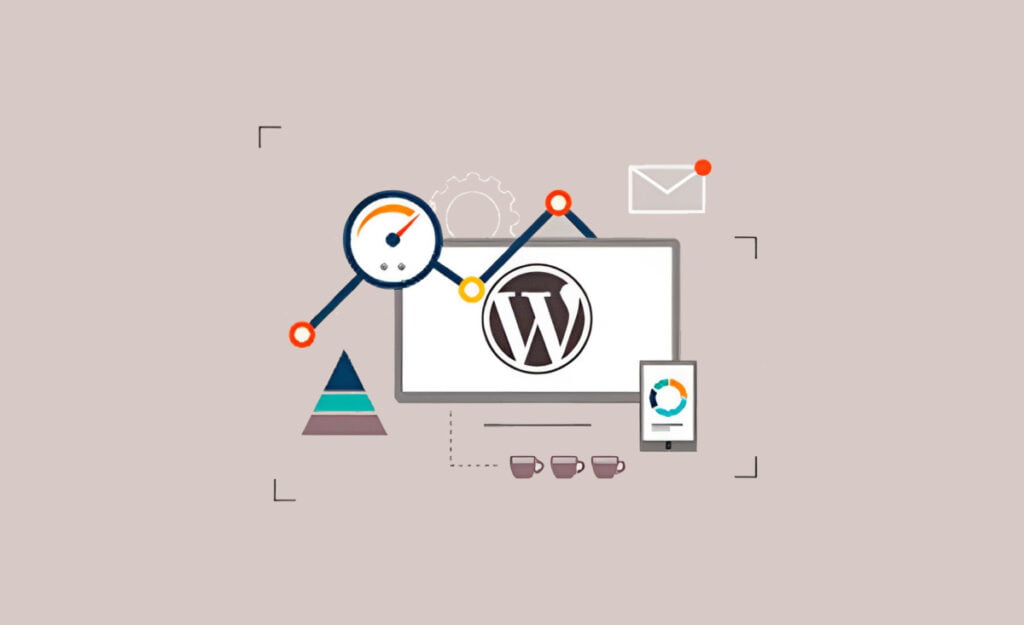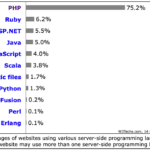What is WordPress and how to start wordpress
By: Digitize Info System
Introduction To WordPress
It is a widely recognized and robust content management system (CMS) that provides individuals and businesses with an easy way to create and manage websites. Renowned for its user-friendly interface and extensive customization options and a vast array of themes and plugins, WordPress offers a flexible platform for website development, regardless of your level of expertise.
WordPress is a dynamic, database-driven CMS that is based on PHP and MySQL at its heart. By removing the requirement for technical expertise or coding knowledge, it streamlines the building and management of websites. Users may simply create, modify, and publish information, including as blog posts, articles, pages, photos, and multimedia, thanks to its user-friendly interface.
Getting Started with WordPress
This is comprehensive guide on getting started with WordPress! Whether you’re new to website development or an experienced user looking to switch to WordPress, this article will walk you through the process from start to finish.
Step 1: Choosing a Hosting Provider
The first step in creating a WordPress website is to select a reliable hosting provider. Look for a provider that offers good performance, uptime, and customer support. Some popular hosting options for WordPress include Bluehost, Site Ground, and WP Engine.
Step 2: Installing WordPress
Most hosting providers offer a one-click WordPress installation process. Simply log in to your hosting account, navigate to the control panel, and look for the WordPress installation option. Follow the prompts to complete the installation.
Step 3: Choosing a Theme
Once WordPress is installed, it’s time to choose a theme for your website. WordPress offers a wide range of free and premium themes that determine the overall design and layout of your site. Browse the theme directory or explore third-party theme marketplaces to find a theme that suits your needs.
Step 4: Customizing Your Website
WordPress provides a user-friendly customization interface called the Customizer. From here, you can modify various aspects of your website, such as the site title, logo, colors, fonts, and more. Take some time to explore the customization options and personalize your website to align with your brand or style.
Step 5: Adding Content
With your website’s design in place, it’s time to start adding content. WordPress offers two primary content types: posts and pages. Posts are typically used for blog entries, while pages are suitable for static content like About, Contact, and Services pages. Create engaging and informative content that will resonate with your audience.
Step 6: Extending Functionality with Plugins
WordPress’s plugin ecosystem allows you to extend the functionality of your website. Plugins are like apps that can be installed to add specific features or enhance existing ones. Popular plugins include Yoast SEO for search engine optimization, Contact Form 7 for creating contact forms, and WooCommerce for setting up an online store.
Step 7: Optimizing for Performance and Security
To ensure your website runs smoothly and remains secure, it’s crucial to optimize its performance and implement security measures. Use caching plugins such as WP Rocket or W3 Total Cache. Because it improves page loading times. Additionally, install a security plugin such as Word-fence to protect your site against potential threats.
Step 8: Regular Maintenance and Updates
As Maintaining your WordPress website it involves regularly updating the WordPress core, themes, and plugins. These updates often include bug fixes, security patches, and new features. Keep your website up to date as to ensure optimal performance and reduce the risk of vulnerabilities.
Step 9: Growing Your Website
As your website grows and you may want to explore additional strategies to enhance its visibility and reach. Consider implementing search engine optimization (SEO) techniques, social media integration, and content marketing to attract more visitors and expand your online presence.
Want Professional PHP and PHP Framework Services With WordPress support for Your Business or for your Business Website / Web-App ? Contact us Now!



